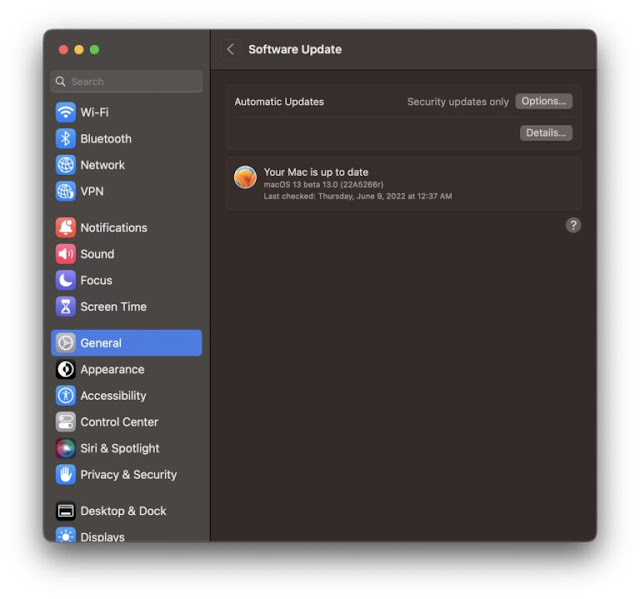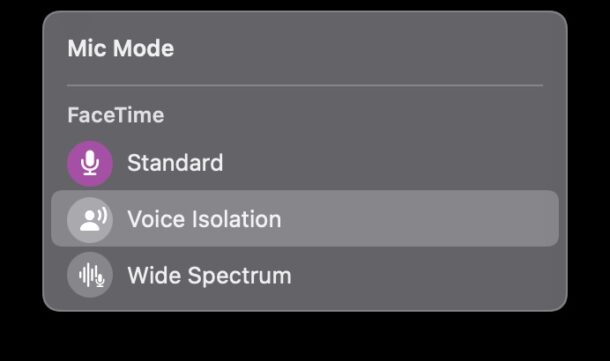Did you install the iOS 16 beta but now you’re having second thoughts about running it? If you want to downgrade from iOS 16 beta and revert back to a stable iOS 15 build, you can certainly do that.
The method covered here will downgrade an iPhone from iOS 16 back to the latest stable version of iOS 15, however it will erase the iPhone in doing so. This means if you did not create a backup to the computer from iOS 15 before installing iOS 16 beta, you will lose everything on the iPhone by downgrading.
If you are not comfortable with losing everything on the iPhone and do
not have a compatible backup available, you should not attempt to
downgrade the iPhone from iOS 16. Instead just continue on iOS 16 beta
How to Downgrade iOS 16 Beta to iOS 15.x
This method erases the iPhone to revert from iOS 16 to iOS 15. If you have a backup made from iOS 15 you can then restore that to get your stuff back. If you do not want to erase and lose all data on your iPhone, do not proceed with this method.
1. Connect the iPhone or iPad to the Mac with a Lightning cable
2. Open the Finder on Mac
3. Put the iPhone into Recovery Mode by performing the following sequence: press and release Volume Up, press and release Volume Down, press and hold the Power/Side button until you see the restore screen on the Mac
4. You’ll see a dialog window that says there’s a problem with the iPhone and giving you the option to restore the device, click on “Restore” to erase iOS 16 beta and restore iOS 15 to the iPhone
5. Let the restore process complete, it can take a while
When the downgrade has completed, the iPhone will boot back into a clean install of the latest version of iOS 15 that is available, as if the iPhone was brand new. The iPhone will have nothing on it, having been erased.
Assuming you have a backup available that is compatible with iOS 15 on the Mac or archived, you can restore from that backup to get your old stuff back.
Because this process erases the iPhone and requires a backup from iOS 15 be available to restore their stuff from, this may not be suitable for all users, because most people don’t like to lose everything on their iPhone. But if it’s a secondary iPhone or a test device, you may not mind.
Red: OsxDaily























